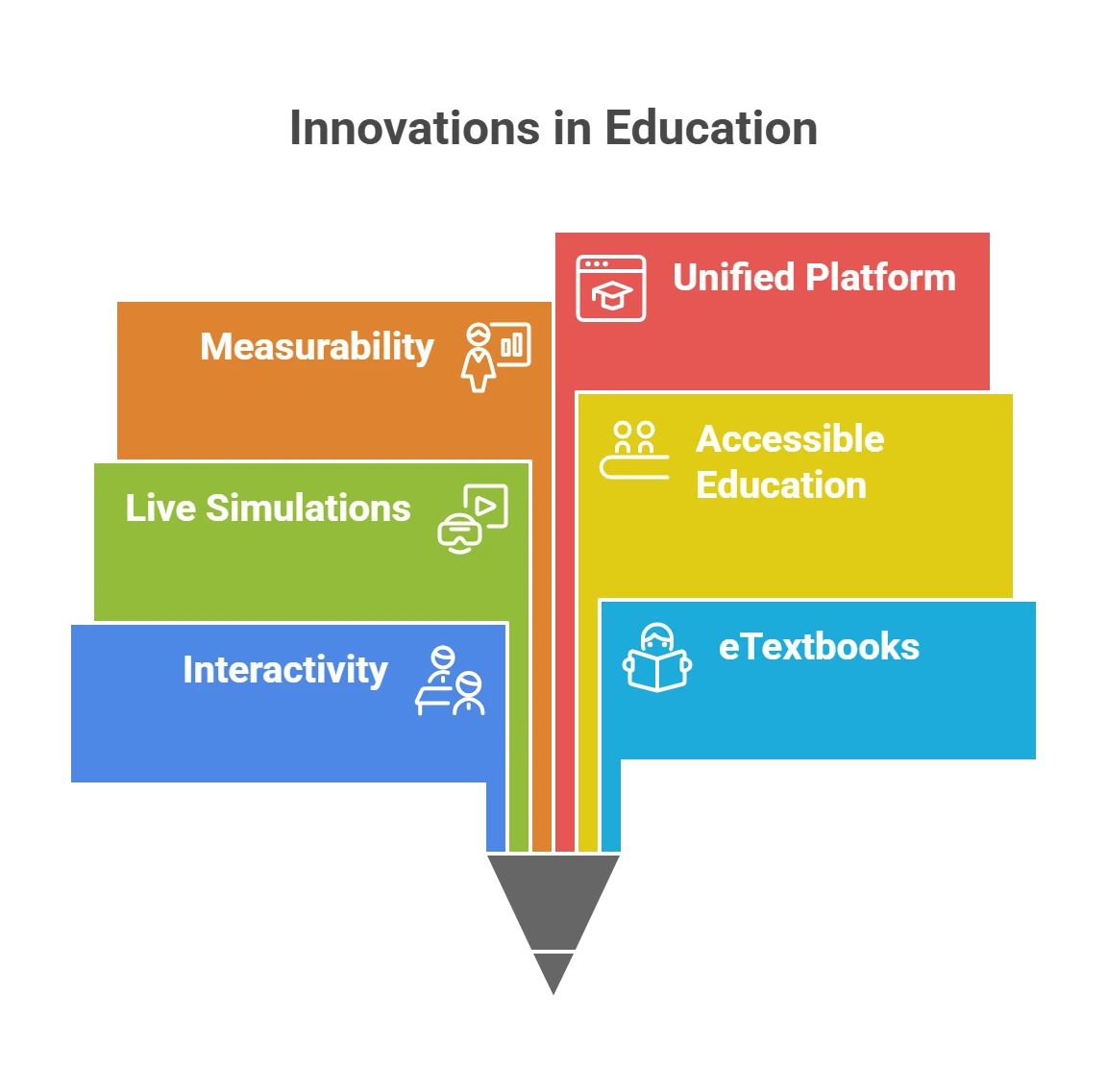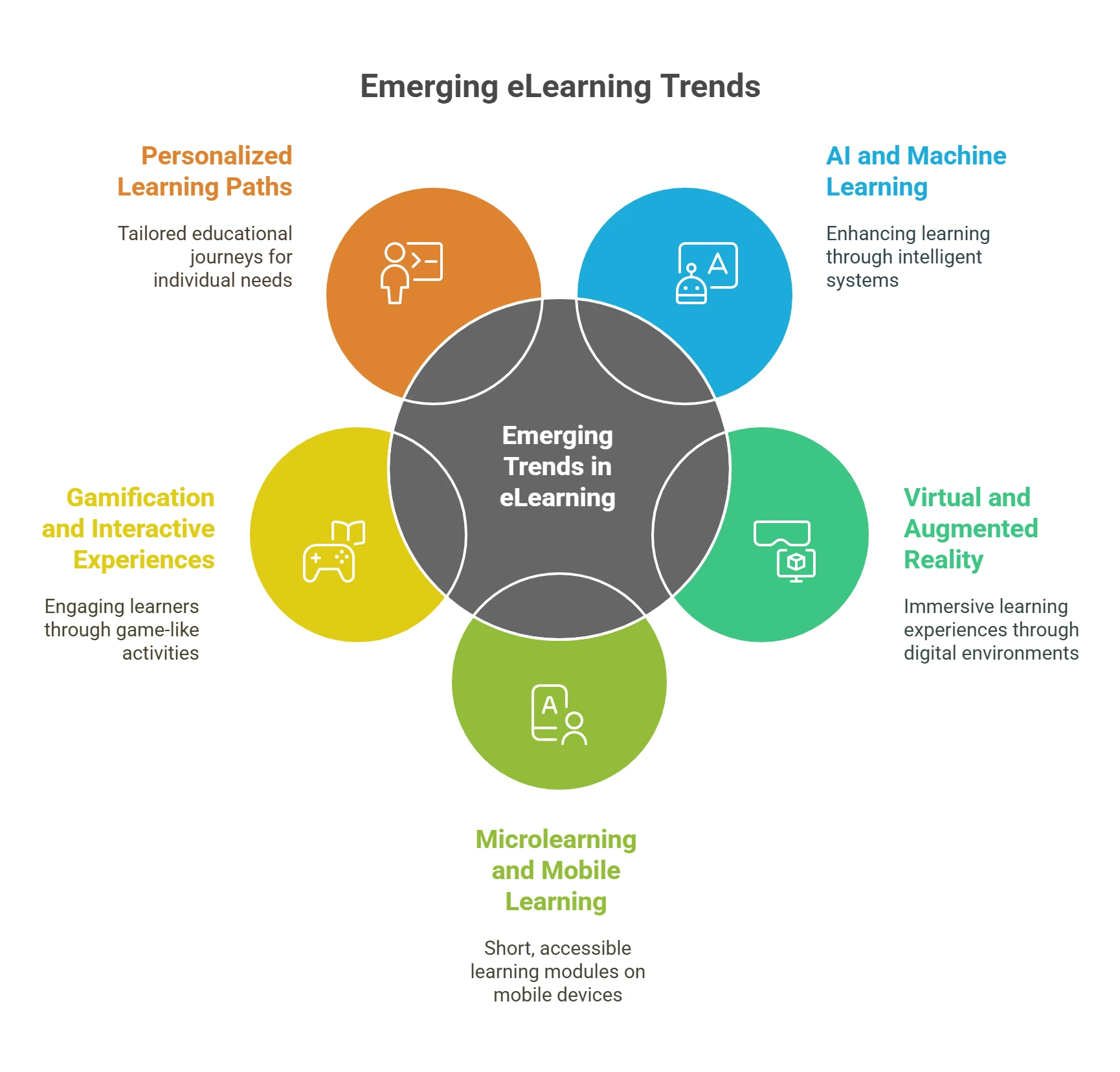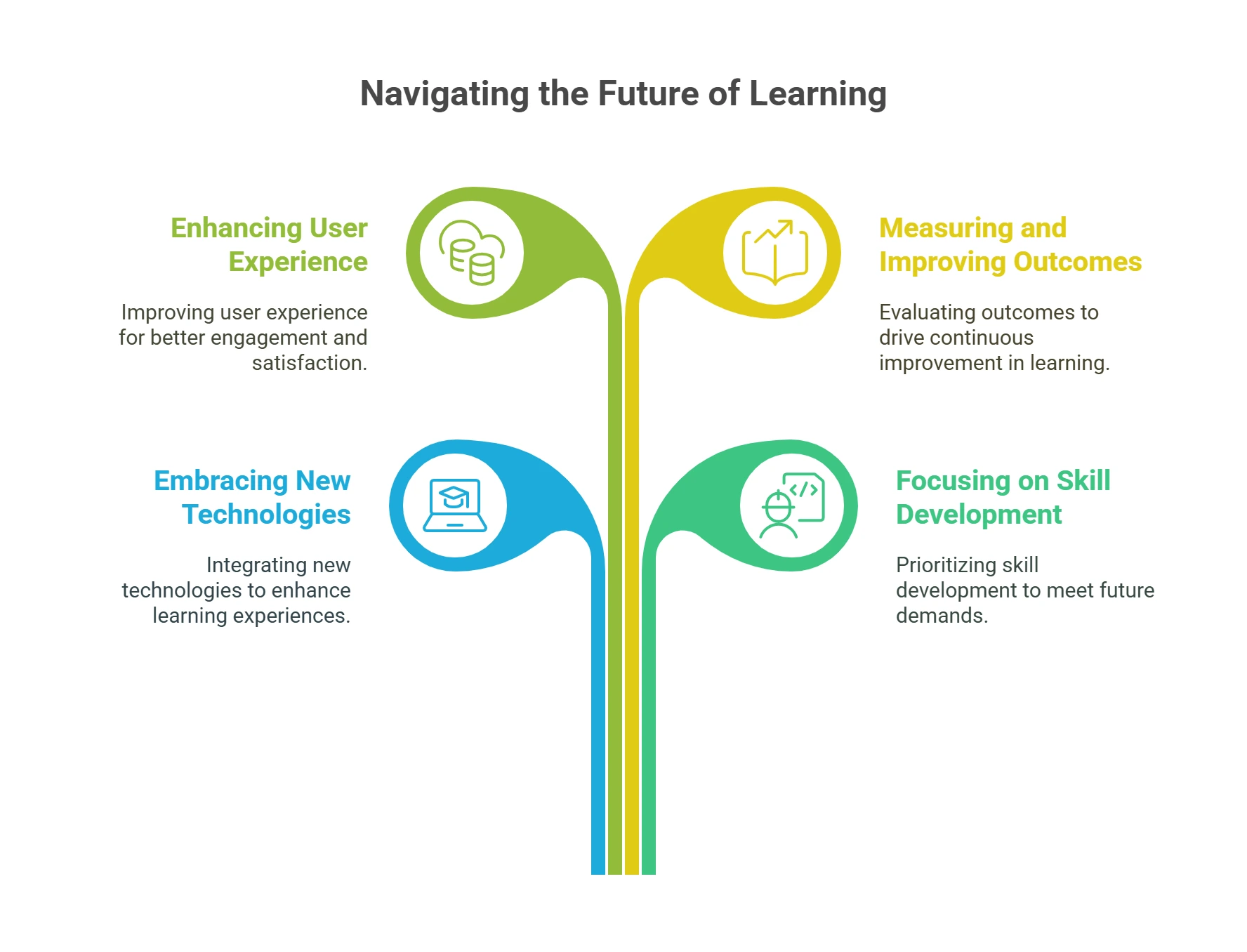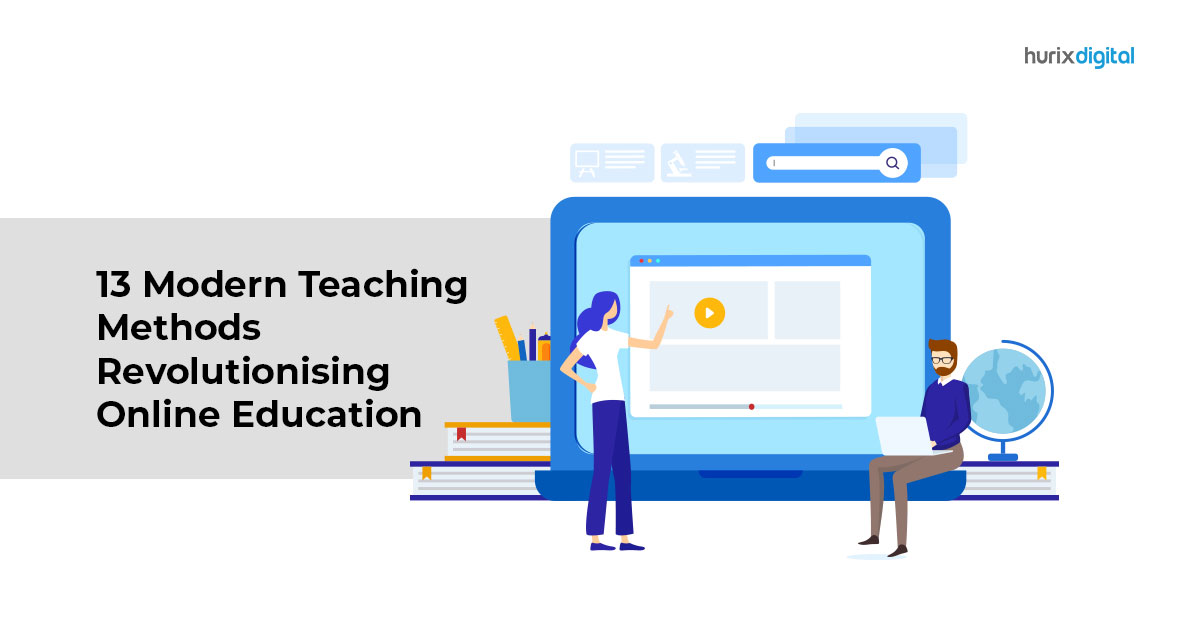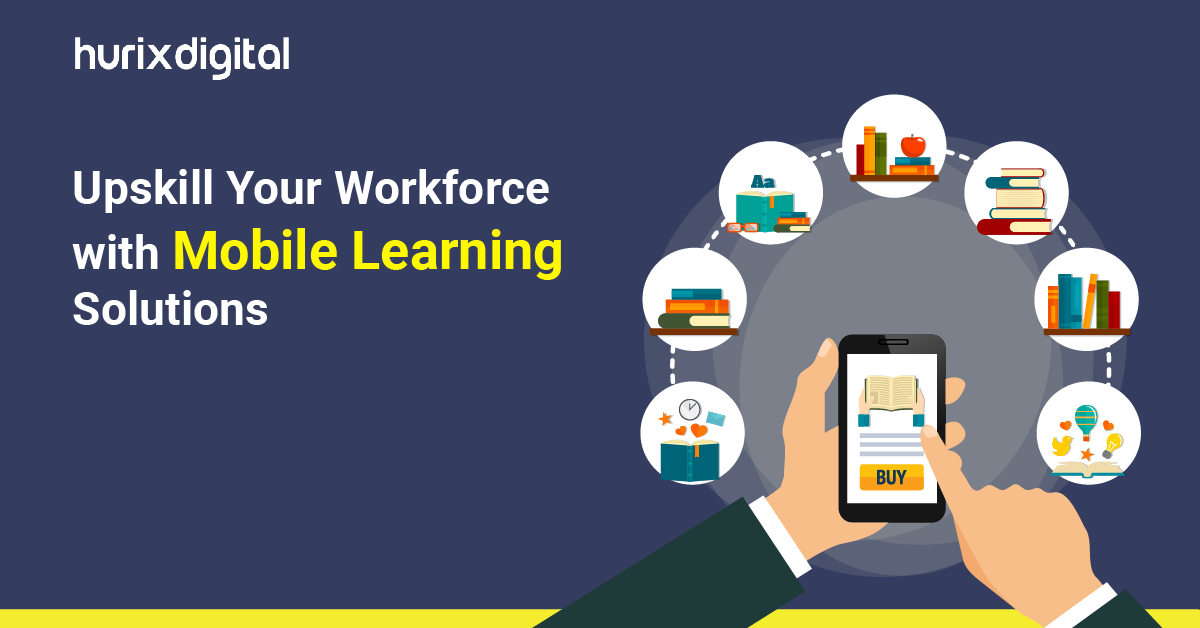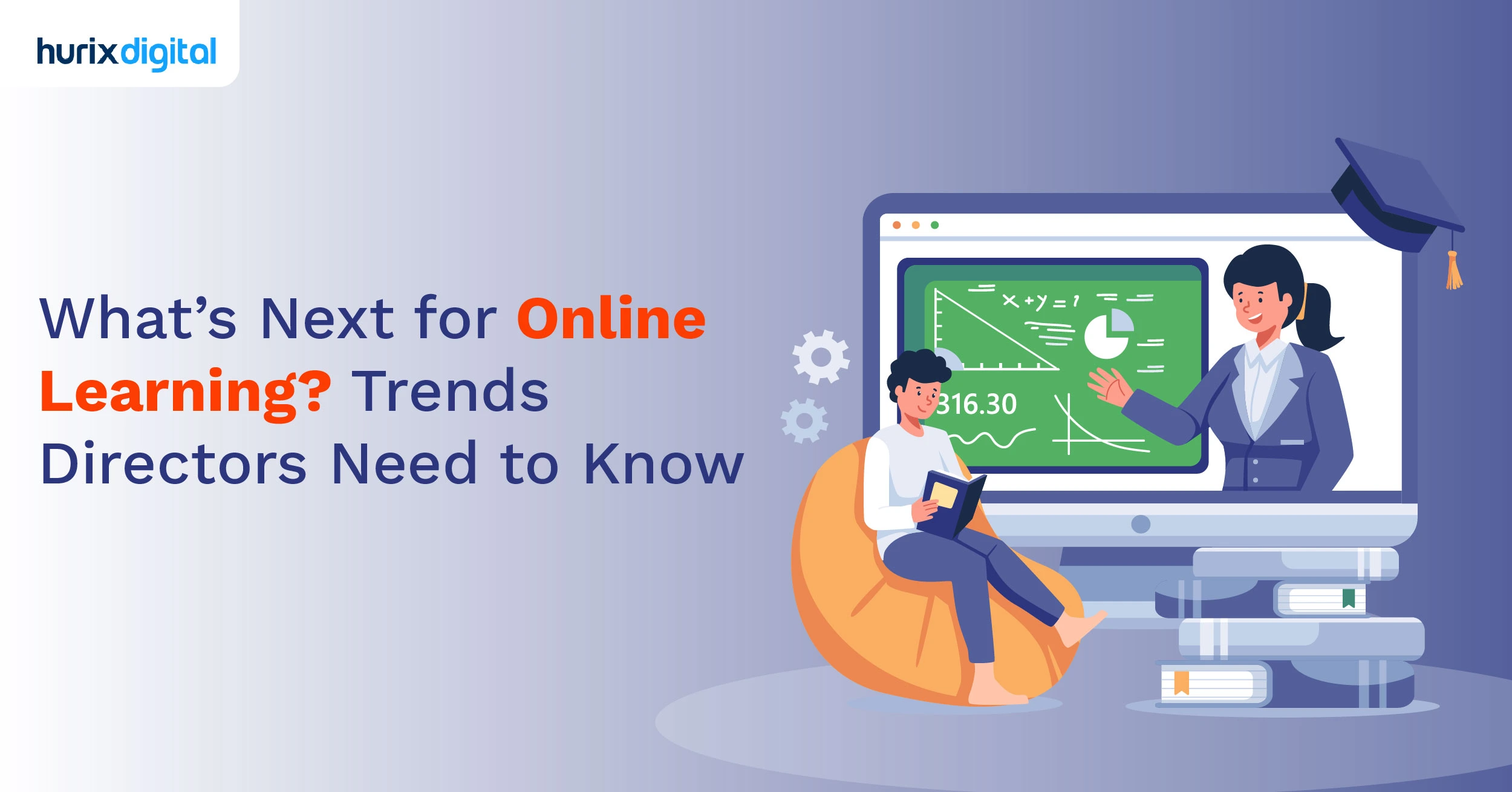
What’s Next for Online Learning? Trends Directors Need to Know
Summarize with:
The rise of digital education has sparked innovations in teaching and learning, with online learning platform now delivering content in ways that align with how individuals naturally choose to learn.
Learners have always had diverse needs but were forced to learn through a one-size-fits-all approach. But today, eLearning has changed the game.
Learners also opt to learn in different ways, such as consuming eBooks, attending online live instructor sessions, watching on-demand videos, or listening to audio representations.
The global e-learning market is projected to reach $840.11 billion in 2030, growing at a compound annual growth rate (CAGR) of 17.5%.
Let’s examine how innovative online learning platforms for higher education are leveraging innovations in eLearning to remove barriers and make learning more effective for millions of learners.
Table of Contents:
- The Evolving Landscape of Online Learning
- Six Innovations in Teaching and Learning Methods
- Emerging Trends in eLearning
- Preparing for the Future: Strategies for Learning Directors
- Conclusion
The Evolving Landscape of Online Learning
The modern online learning environment is dynamic because of evolving technology and changing student expectations. As we proceed, we must consider both our past and future directions.
1. Current State of Online Education
Online learning has steadily been on the rise in recent years. Thus, the Babson Survey Research Group survey shows that over 30% of learners in US higher education have taken at least one distance course. This trend extends beyond higher education. Corporate training has also seen a significant shift toward online platforms.
COVID-19 also paved the way for making online learning mandatory for institutions and businesses. Thus, several institutions discovered that online learning fostered more flexibility, cost efficiency, and accessibility. Also, the function of content customization and the general focus on the development of learner-centered approaches have become the major advantages of online classes for many learners and educators.
2. Factors Driving Change
Several key factors are shaping the future of online education:
- Technological Advancements: Progress in Machine Learning, AR, and mobile devices is generating new prospects for online education.
- Changing Workforce Needs: Continuous technological progression calls for consistent learning and retraining.
- Demand for Flexible Learning Options: Learners increasingly expect to learn on their own terms.
- Globalization: Online platforms allow institutions to reach a global audience.
- Economic Factors: Virtual education can reduce expenses for both educators and learners.
Heads of online learning must, therefore, carefully foresee and adjust to these trends to maintain the relevance, appeal, and accessibility of their curricula.
By adopting cutting-edge technologies, adapting to the changing demands of the labor market, and offering affordable, adaptable learning options, they may set up their institutions for success in this quickly shifting educational environment.
Six Innovations in Teaching and Learning Methods
Here is a snapshot of how the smart use of technology is revolutionizing the way we teach and learn:
1. Learning Through Interactivity
The adoption of eLearning is unlocking a whole new way of learning. Education providers can build interactivity into educational resources. Introducing quizzes, problem-solving games, notes, and related links can encourage active learning experiences.
For instance, traditionally, the only way a student could learn Newton’s Laws of Motion was by attending a physical classroom where the teacher explained the concepts.
Today, students can watch animated videos that demonstrate the laws in action. They can also complete an online assignment to explain what they learned and then take a quiz after the lesson to test their knowledge.
Hence, learning has become a more engaging, visual, and addictive experience. Teachers become facilitators who nudge learners to the right resources, address more complex queries, and track student progress.
2. The Shift from Physical to eTextbooks
One of the most popular modern teaching approaches is the introduction of ePUB format eBooks, which enable many useful functionalities missing from paper books and PDF eBooks.
For instance, learners can jot down notes, communicate with teachers and other learners through highlights, and engage with multimedia elements such as videos, audio presentations, and infographics.
Hyperlinks to content outside the eTextbook’s scope further connect the dots and expose students to related historical and real-time events and additional resources that enhance their understanding of a subject.
The eBooks market is expected to grow to $36.22 billion by 2034, with education among the top three verticals. The growing usage of mobile phones is a key driver of this trend.
3. Learning Skills Via Live Simulations
While learners need to build knowledge, it is just as essential to build skills to be competitive in today’s work world.
One innovative way education providers are doing this is through true immersive learning. Educators design a live simulated environment where learners engage to solve problems.
For instance, learners can strengthen their coding skills in a live environment. Group simulations are also possible, enabling learners to build teamwork skills, which are in demand in the workplace.
4. Focus on Accessible Education
One of the biggest value-adds through eLearning is the ability to build accessible education for a broad spectrum of learners with diverse needs. Teachers, on their own, cannot provide accessible education to learners with diverse needs.
This is where cutting-edge digital publishing platforms enable course creators to design the same content in a way that makes it easy for special needs, mobility challenges, and geographical and language barriers to access with ease.
Simply put, learning is accessible to every learner in a way that is most relevant to them.
Here’s an example: If learners have a hearing challenge, they can learn by watching videos with subtitles, consuming infographics, reading eBooks, and attending live instructor-led video conferences with caption capabilities online.
However, in a physical classroom, they would need the help of a sign language interpreter to keep pace, as all sessions are instructor-led.
5. Higher Measurability of Learning Effectiveness
Data-driven learning is an important value-add of eLearning, especially when delivered with the right technology. Today, educators can review extensive data, which offers insights into learner habits, behavior, challenges, and limitations.
They can also customize dashboards and receive diverse data sets to understand learner effectiveness better. They can determine whether or not resources are working and enhance curriculum and learning methodologies accordingly.
6. Leverage a Single, Unified Platform
One of the top contemporary educational technology trends is the introduction of a single, unified platform that enables all stakeholders – learners, teachers, and guest lecturers – to engage via one interface.
This approach helps educators streamline the entire teaching and learning process by enabling learners to access on-demand learning resources, attend live instructor-led sessions, collaborate and submit assignments, and track progress from one location.
On the other hand, education providers can share resources, host activities, and measure learning progress from the same platform.
Emerging Trends in eLearning
Lately, many trends have emerged in online learning. Some of the prominent ones are as follows:
1. AI and Machine Learning
Artificial intelligence and machine learning can significantly help in online learning. These technologies enable:
- Personalized learning experiences
- Intelligent tutoring systems
- Automated grading and feedback
- Predictive analytics for student success
Moreover, AI is expected to contribute $33.5 billion to the education market by 2030, proving the technology’s importance. This points to the fact that in the coming years, due to the continuous development of AI, the field of online education will be transformed even more with features such as analyzing students’ learning progress and offering better solutions for their learning needs.
2. Virtual and Augmented Reality
Virtual Reality (VR) and Augmented Reality (AR) are creating immersive learning environments. These technologies allow learners to:
- Practice skills in realistic simulations
- Explore complex concepts in 3D
- Engage in virtual field trips and experiments
Both technologies are highly helpful for teaching purposes, particularly in fields like manufacturing, engineering, and health. As they become more generally available, these technologies will be integrated into online learning settings, offering far more engaging and productive learning opportunities.
3. Microlearning and Mobile Learning
Microlearning and mobile learning are two more popular trends in eLearning. With 91% of mobile users keeping their devices accessible, mobile learning is increasingly popular.
Here are some approaches to making this work:
- Deliver bite-sized content
- Allow learning anytime, anywhere
- Cater to shorter attention spans
- Improve knowledge retention
4. Gamification and Interactive Experiences
Gamification makes learning engaging and fun. It uses game elements like:
- Points and badges
- Leaderboards
- Challenges and quests
- Progress tracking
Interactive experiences promote active participation and critical thinking. They can include simulations, branching scenarios, and collaborative problem-solving activities.
5. Personalized Learning Paths
Adaptive learning technologies develop individualized pathways for each student. They:
- Analyze individual performance
- Adjust content difficulty
- Recommend relevant resources
- Track progress toward learning goals
This allows learners to focus on their weakest areas, boosting efficiency and effectiveness.
Preparing for the Future: Strategies for Learning Directors
eLearning is no doubt the future of education. However, it is important to design courses and content in such a way that is effective and not overwhelming for learners.
At times, education providers can overtly focus on bringing elements like gamification, multimedia content, virtual reality simulations, and other interactive pillars to content while losing sight of learning effectiveness.
This is where measuring learning effectiveness and making data-driven content development and distribution decisions are key to the success of contemporary eLearning.
So, here are a few strategies for learning directors to get your game going:
1. Embracing New Technologies
To prepare for the future of online education, learning directors should:
- Stay informed about next-gen online learning platforms and technologies
- Evaluate technologies that align with organizational goals
- Implement new tools gradually to ensure smooth adoption
- Provide training and support for both instructors and learners
2. Focusing on Skill Development
In the future, the workplace will require continuous skill development. Learning directors should:
- Design programs that emphasize adaptability and lifelong learning
- Focus on developing both hard and soft skills
- Incorporate real-world projects and case studies
- Collaborate with industry partners to ensure relevance
3. Enhancing User Experience
The user experience is crucial in online learning. To improve it, learning directors should:
- Prioritize intuitive interfaces and navigation
- Ensure platforms are accessible across various devices
- Incorporate multimedia and interactive elements
- Gather and act on user feedback regularly
4. Measuring and Improving Outcomes
Data analytics can help track learner progress and course effectiveness. Learning directors should:
- Implement robust learning analytics systems
- Use insights to improve programs continually
- Align learning outcomes with organizational goals
- Develop key performance indicators for online learning initiatives
Conclusion
Smart technology usage can help education providers and online learning platforms for higher education upgrade their teaching and learning methodologies. One of the best approaches is to partner with a seasoned digital technology specialist to set up the infrastructure and tools to transform learning outcomes.
Access to such a framework creates more bandwidth for educators who can play a deeper role in learning facilitation, innovative pedagogy, and tracking learner progress.
Are you a K12 education provider from schools, universities, or online course platforms? If you are looking to increase learning effectiveness through the smart use of technology, partner with Hurix Digital. We offer customized services designed to elevate online learning platforms for higher education.
Our team can help you understand the services you can use for the most innovative teaching and learning methods!
Summarize with:

Senior Vice President – Business Development
at Hurix Digital, with over 25 years of experience in EdTech and workforce learning. He excels in business development, customer relationship management, and scaling digital learning solutions, driving global growth through innovative content, simulations, and AI‑driven training offerings
 Upcoming Masterclass | Build an Army of Brand Evangelists using Training & Development | November 20th, 8:30 AM PDT | 11:30 AM EDT | 10:00 PM IST
Upcoming Masterclass | Build an Army of Brand Evangelists using Training & Development | November 20th, 8:30 AM PDT | 11:30 AM EDT | 10:00 PM IST

